Gravity's Rainbow - Part 4 - Chapter 12: Everybody and Everything
Analysis of Gravity's Rainbow, Part 4 - Chapter 12: A Dream, S&M, the Interview, Bodine and Dillinger, Copaganda, Various Mysticisms, Nixon, the Ascent and Descent of the 00000, the Theater
We end where we began: in a dream of the world’s end.1 The derelicts were herded onto railcars, driven through old crumbling city districts as the Elite made flight to safety, away from a coming Ground Zero. They were shuffled into hotel rooms standing shoulder to shoulder with people they had never seen before and were left alone to stare out the window at the dying world just before its end (1.1). Interestingly, the world of Pirate Prentice’s dream still stands all these chapters later, and “the City has grown so tall that elevators are long-haul affairs” (735). Pirate’s dream, thus, was only of the Raketen-Stadt — not true nuclear annihilation, but the post-WWII world in which we would await such annihilation looking out of those ‘hotel windows.’ And since then, in our observation of the contents of the book, those observations being of WWII and the 50s, 60s, and even part of the 70s, our world has, what some would say, ‘progressed.’
So instead of Pirate’s dream, we have, just as we did in 4.6, Slothrop’s Scattered Consciousness — in other words, the dream become reality. Technology has advanced, new discoveries have been made, though very few of them have done anything to make our lives more bearable. We simply have attained a new means of doing the same thing we always have done: what Mindy Bloth of Carbon City calls ‘the Vertical Solution.’ This solution, using our new long-haul elevators to rise above the Earth, is not really something new since we’ve had planes for some time now, but Bloth states that it is completely different, giving some absurd explanation that airplanes only produced “‘a common aerodynamic effect […] involving our own boundary layer and the shape of the orifice as we pass it’” (735-736). First of all, Bloth’s explanation of how airplanes and long-haul elevators differ in regard to vertical travel is some obscure and largely meaningless way to distract the riders from the fact that, in reality, this progress that they are seeing is nothing more beneficial than what they had used before. All it is, is a new way to create useless jobs, useless technologies, and useless distractions. For, this technology is not merely a way to produce profit by selling and building things we don’t need, but just as Bloth is doing, to distract us from the reality of ‘the Vertical Solution’ (that being Rockets, not planes). These are the same people with access to the SG-1 documents: the blueprints of the Schwarzgerät of a not-too-distant past. They are the same people who hosted Hitler Youth Glee Clubs and scolded those who tried to chastise the Hitlerian aspect of the choir. The same whose sexuality stirred at the sight of these youths. The same who desired to subjugate because they were once subjugated. The Market, war, society, profit, bureaucracy, illusion, control: all these facets have merged together to make our new Dream-vision of the post-WWII landscape. All thanks to the focus of the latter portion of this chapter: Dominus Blicero.
Thanatz and Ludwig (who were, respectively, either with or following the Zone Herero in 4.10) emerge to depict sadism and masochism in this new dreamscape. As the two of them sit in the audience, watching the Hitler Youth Glee Club, Thanatz tells Ludwig that while “‘a little S and M never hurt anybody,’” we still are “‘taught to feel reflexive shame whenever the subject comes up’” (737). He proceeds to explain why. Our world has been built on prearranged roles where some are placed in positions where they will fundamentally be ‘trained’ to accept submission to the system and to the other prearranged class (the sadist class) who was either born into a family or who found some means to accumulate wealth. In this ‘private sex,’ however, S&M would technically be giving the participants the illusion that they have the God-given choice to select the level of control they wish to have over others, or not to have. The Elite survive on a system in which the Preterite believe they can achieve a certain level of domination, while in reality, except for in impossibly rare circumstances, that belief is pure fantasy. However, the belief is what keeps the Preterite ‘in line.’ It is what led to the Preterite’s acceptance of the system and, in turn, their eternal preservation as the exploited class they were born into. It is for this reason that S&M cannot be allowed to enter the mainstream. A desire to fluidly traverse within power structures must always be seen as taboo. Allowing such a thing would be ‘Sado-anarchism’: a full destruction of the current schemata which Thanatz has become a leading theoretician on. We do not necessarily know why Thanatz would have become an expert in such a field, though it can be theorized that his forced decent from the Anubis and his traversing with the Preterite on foot and on railcar (4.5) may have led to this realization and passion.
The Zone Herero — Enzian, Christian, and the rest — and those who have recently joined them — like Katje, Thanatz, and Ludwig — have reached their destination. Their distraction (from 4.10) has worked. They are at the Lüneberg Heath, the launch site of the 00000 which they only knew about because of Thanatz’s story regarding his work with Blicero (4.5). There is no better spot to launch the newer version of that Rocket, but first, given how they transported it, it must be reassembled. The pieces are coming together as a reverse diaspora. Where in Kabbalistic theory, the sparks that stemmed from God’s creation represented the diasporic nature of the future Jewish people,2 a new oppressed class here shows “the Messiah gathering in the fallen sparks” (737). So, given it is a reverse diaspora, this adds to the building theme of an oppressed, exiled people now rebuilding and coming together in order to fight back against those who had caused this diaspora in the first place. However, while everything seems positive on the surface, this is only because the consequences of their project have not become fully realized as of yet. It is similar to “the story about the kid who hates kreplach” (737).
In this story, the child has a mother who makes kreplach for him — kreplach being a dumpling from Jewish cuisine. For some reason, this dumpling raises terror within him. However, when the mother follows the therapist’s suggestion to make the kreplach in front of him from scratch, not telling him what she is making, we see that he initially is thrilled with the process of creation, anticipating the meal to come. Yet, once he realizes what the final product is, he is again terrified. So, it is not the mystery of what lies within the dumpling that scares him, it is the fully formed thing itself. This parallels the Schwarzkommando’s current predicament. While the 00001 rocket is currently a series of parts, just as the kreplach was a series of ingredients, it would eventually become a fully assembled object. And, as simple unassembled parts, all the Herero or the child can see is ‘possibility,’ whereas once assembled, the true terrifying purpose of the final product comes to life: death.
The Heath was once home to the Gypsies, who, like Geli Tripping, had alternative beliefs largely rooted in magic. Similarly, the Kabbalists, the Templars, and the Rosicrucians had their own mythologies. Joining these ranks, most recently, is Tyrone Slothrop, a new mystical figure in the Raketen-Stadt. His story is told through the Tarot, currently only being partially given as the 3 of pentacles3 upside down and the Hanged Man, also reversed. The upside down ‘3 of pentacles’ signifies a disharmony, largely characterized by the inability or unwillingness to cooperate. This could signify his insular quest: an attempt to decipher the reality of his world but only in relation to his own desire at solving the ‘mystery’ of the Schwarzgerät and in his quest to discover what happened to him as a child. The reversed ‘Hanged Man’ signifies something similar: selfishness and the inability to change. And we also are aware that Slothrop was previously categorized as another Tarot card: The Fool. This final card would give Slothrop the identity as an ‘everyman’ — a representation of each of us. So, this is the symbolic and mystical reading of Slothrop’s character: an at least somewhat selfish individual who, instead of assisting in creating a Counterforce to fight against the Elites, decides to go on a journey of self-discovery and who is also meant to represent the average person. And it is true, but it is not entirely a condemnation of him as a person, for this is our tarot reading as well. Instead of condemnation, it is revelation of what we have viewed our own quest to be. There is no shame in desiring self-discovery; however, it certainly is not the means by which we will solve the world’s infinite atrocities. Luckily, this self-discovery could lead to something greater, hence why Slothrop’s consciousness began to affect the minds of those living within the world to enact change.
Speaking of Slothrop’s quest for self-discovery, a world-renowned analyst states that “‘There never was a Dr. Jamf’” (738). This is quite the revelation, though it is not entirely true. This analyst, Mickey Wuxtry-Wuxtry, states that Jamf was a crafted fiction in order to explore Slothrop’s conscious and subconscious views on his connection between the Rocket (death) and his sexual feelings toward this death. Jamf, however, is only fictional in the sense that Slothrop is a fictional representation of America to us. We are getting metafictional here. To Slothrop, and to the characters of the novel, Jamf is very much real. The analyst is just what his name states, someone outside the events of the novel analyzing the symbolic meanings of those within. And we continue through more metafictional interviews which analyze Slothrop and his quest, beginning with a spokesman for the Counterforce. This spokesperson states that they never had any interest in Slothrop as a person, merely as a symbolic entity who was a microcosm that represented America. The representative was well aware that this view of Slothrop “‘was one of our fatal weaknesses’” (738). This interview is thus a metatextual condemnation on both the author and reader (and analyst, who would be me) for taking a human being and reducing them down to a representation of something else. Because why do we need symbolic representations in order to know what to do to fix the world’s ills? Can we not just see a struggling and exploited human being and wish to change things based on that alone? Must they be a microcosm for the entire population in order to spur us onto action? Pynchon likely is wondering why writing at the level of complexity that he has now produced has become a necessity as opposed to texts far in the past which showed the human condition qua the human condition. What this story should be about is a view of Slothrop qua Slothrop, not as Slothrop qua America. But somewhere along the line, apparently, we lost our compassion.
The Spokesman continues discussing microcosms when the Interviewer interjects4 and reveals how he betrayed the Counterforce numerous times before. They comment on how the Counterforce’s ‘virus’ spread throughout the countercultural movements in the 60s and 70s and how those ‘traitors’ such as him ambushed and even killed those of the Counterforce/Counterculture. They chased them down in tunnels below cities where they ran alongside rail lines. Why rail lines though? Because the rail lines bore passengers, not pointsmen. The Counterforce and the rest of the Preterite were forced to live within these ‘tunnels,’ and because of this were hunted down the routes they had no ability to alter. The Interviewer also states that within two ‘station marks’ (these marks representing years in American History) he tasted his first blood: 1966 and 1971. These years could represent a massive number of Countercultural oppressions given this was the height of the movement and of the Elites’ attempt to silence the movement. However, 1966 is also the beginning of something that the Elite classes are most fearful of, a rising Marxist-Leninist movement, especially one that would give power to a demographic group who They do not want having power: in 1966, that would be the Black Panther Party. 1971 could also reference that Party given it was largely when the Party began its slow disintegration. But this five-year span was potentially just a range for the height of Countercultural oppression. Our Spokesman does realize that the Paganists were hunted due to the bloodlust they held for their enemies, Paganists meaning those who utilized alternative methods of ‘fighting back,’ and bloodlust meaning . . . well, bloodlust.
Drinking this blood out of the Sangraal (the Holy Grail) calls to mind the Schwarzgerät, because Slothrop’s journey to find the device was equivalent to the Arthurian quest itself. However, now it seems to be a Grail useful to the Preterite as opposed to one developed by the Elite. This means that the Schwarzkommando perhaps succeeded in their utilization of the 00001 with its own Schwarzgerät, or a Counter-Schwarzgerät. And since the Schwarzkommando were given massive equivalencies to the coming Black Panther movement, it would only make sense that the above sections in which the Elite-structures specifically targeted the Counterculture within the rail lines was a direct reference to the Black Panther Party. The Party, like the Herero, had found their own black-device (their own method of control) to fight back against the groups who have oppressed them. And while this does seem like a direct one-to-one reference, if we take all of this back out of the meta-textual interview we are reading through, back out of the Slothrop qua Slothrop or the Herero qua Herero, we see that the Black Panther Party can be taken to represent a far broader movement — or series of movements — just as Slothrop could represent America itself.
The scene shifts into another metafictional moment, now showing a piece of cloth given to Slothrop by Bodine back when they first met at the Chicago Bar (in an unwritten moment in the timeline around 3.6), but not as the actual piece of cloth, instead, as a footnote within a book. This leads us to a view of Bodine and his last memories of Slothrop. Bodine, who was last seen with Mexico at the Alliterative Revolution (4.8), is playing a song that is “part Roger Mexico’s and part some nameless sailor stuck in wartime San Diego” (740). He is playing in an area of the Raketen-Stadt near merchants and street urchins and comes to the realization that he is “one of the few who can still see Slothrop as any sort of integral creature any more” (740). As Slothrop disintegrated into the world and thus became the world, most of the population now see just that. They see the changed world around them — one built on the events of WWII and the search for the means of control that They had built — but instead of analyzing it through any Slothropian lens, they accept the world for what it is. Slothrop came to this horrifying discovery throughout his quest, seeing all the levels and power structures and oppressions that were being purposefully integrated into the coming Raketen-Stadt, and he became a part of the world in hopes that others would see the same. Yet here, Bodine, our often satirical (but in this moment a far more somber) representation of a coming latter 20th-century, is the only one to see the truth.
Speaking to ‘Slothrop’ — or more accurately, praying — he reveals that the piece of cloth footnoted earlier was a piece he used to soak up some of John Dillinger’s blood after he was shot in the street. Dillinger is an important figure to note here. In the years between WWI and WWII Dillinger and his gang robbed a massive number of banks and a smaller number of police stations. These robberies, along with some of the other gangsters of the time period, led to J. Edgar Hoover, the director of something known as the Bureau of Investigation (BOI), to evolve the BOI into something with a far wider reach, the Federal Bureau of Investigation (FBI). Previously, BOI investigators were unable to make arrests or carry weapons since the places where they investigated required local enforcement to carry these arrests, just as in our modern world, police from one state cannot traverse state-lines to conduct an arrest in another. The creation of the FBI would make this agency truly federal, now being able to bypass these state laws. Wide-spread belief would be that the FBI was formed to stop violent crime such as the kind that Dillinger was perpetrating, but in reality, violent crime was happening everywhere. The real reason it was formed was because of the threat to the Elite class’s capital via the banks: the only thing Dillinger was a threat to. So, this piece of cloth that Bodine gave to Slothrop was another layer that Slothrop could apply to his developing understanding of the Raketen-Stadt, and would also parallel the reason for the OSS’s development into the CIA.
Bodine leaves Slothrop behind. We hear of his time spent with Trudi and Magda (the two girls who were with Bummer at his flat, in 3.6) near a Bayer factory. Bayer is yet another subsidiary of IG Farben which here is described to make the people “grow more tranquil” (742) — i.e. numbed to the world around them. While with them, Bodine begins losing himself, dressing as Magda not as traditional transvestitism, but as “a transvestitism of caring” (742) — possibly why his satirical representation of the coming world has become a somber representation.
Slothrop’s scattering is described in a little more detail. Some parts of him met and interacted with characters whom we had lost some time ago in the story such as Džabajev (Tchitcherine’s old friend who helped him steal the hashish from Slothrop), while some grew into tangible phenomena. This would signify that Slothrop’s various symbolisms are not merely going to remain as a part of the Preterite consciousness but will literally form the fabric of reality in the coming 50s and 60s. We can see this through a band known as The Fool who apparently have Slothrop’s image on one of their albums. The Fool, however, is a real band with a real harmonica player, though described slightly differently than that within the novel. Nonetheless, despite these irregularities, Slothrop’s scattered self can be seen in things as specific as the coming music industry and anti-war tendencies due to realizations similar to those of Slothrop’s.
The untitled opening section of the ultimate chapter ends with a view of Džabajev’s post-war, post-Tchitcherine, life. It isn’t a bad life. He moves through the Raketen-Stadt, living decently, but life in this era is only one he can bear through the use of the second footnoted artifact in the Book of Memorabilia — wine. He drowns the reality of the post-war situation away, attempting to defy “gravity, finding [himself] on the elevator ceiling as it rockets upward” (743) — the same elevators which began this section. Elevators which represented pointless inventions and pointless progress while the surrounding world is purposefully left to rot.
So begins a series of fragmented scenes of the same type as in Part 4, Chapter 6.
The Occupation of Mingeborough
We begin with a simple suburban scene. It is a street in Slothrop’s hometown of Mingeborough, likely one of those streets that looks perfect as in an early film, one with white picket fences, wide tree-lined roads, and well-kempt lawns. Slothrop, raised here, likely believed in America — saw it entirely as these beautiful suburban streets. He may have believed that their confines were attainable by all.
What we now see, post-war, is Hogan Slothrop, Tyrone’s brother, returning home from the War. Hogan will attempt to court a girl and will lose out to someone else. It would be the form of life that was told in stories to be ideal, and yet, is it? Either way, life will go on as it always has.
Tyrone Slothrop’s consciousness finds itself back here and ends up making a usual trek home. It begins where he and many friends may have once gone to hang out or play — one of those junkyards you see so often in something such as the film Stand by Me (1986) where suburban kids in towns like Mingeborough will go to rebel. And in detail, we learn of the exact path that Slothrop would have taken to return home. We follow his fragmented self — walking along specific pathways, through lots and alongside fences, past neighbors you knew — as he yearns to return to this time of complete ignorance. He wishes this American Dream was real, or at least that he still had the illusion it was possible. Instead, “It may be too late to get home” (744). The Dream is dead. These paths home do not exist, for our nostos does not exist. We have no home, only a pain, and algos, that we feel in our search for one. We will remain on these outskirts attempting to rebel, only to realize that it is all we will ever have.
Back in Der Platz5
Gustav Schlabone and André Omnopon — last seen as a part of the string quartet at the Alliterative Revolution (4.8) — have taken the kazoo that they used in the ‘“Kazoo” Quartet in G-flat Minor’ and have turned it into a hash pipe.
First, the Kazoo (in 4.8) was the revelatory instrument which wavered between ppp and fff in order to represent sound versus sound-shadows that would eventually come to reveal one of Their hidden facets to the listener. Second, this kazoo is now being used as a means for drug consumption in Der Platz — Der Platz being the moated community of drug users who were “friends of Säure’s” (4.6: My Doper’s Cadenza, pg. 686). Der Platz represented a community largely oppressed by the police state. And third, the kazoo also has compatibility with lightbulbs, and specifically with Byron the Bulb. These three symbols — the kazoo, Der Platz, and the bulb — come together to further elucidate the concept of sound-shadows. Gustav and André were Preterite, but certainly were not ever represented as the kind who would live within the confines of Der Platz. However, their willingness to associate with what the Elite and the police state would consider the drug addicted street-rabble, is the same thing that would lead many to reach one of those sound-shadows — i.e. a realization of the oppression which certain groups succumb to. Byron’s inclusion here shows the rebellious nature of such an act — that of associating with a group who is so often said to be the most dangerous and irredeemable of people. Participating in this act of rebellion, goes two ways: the sound-shadow would reveal the capitalist scheme of the Phoebus cartel and the CIA (4.3) while the rebellious act (a la the bulb) of associating with these groups would bring about the sound shadow itself. (Though, it is more than this, but we need the next section to actually comprehend it, so give me one moment to finish this section up before the next).
Under the rug in Der Platz is a film by Gerhardt von Göll, called New Dope, which shows numerous drug related actions moving in reverse: a drug that finds you rather than you finding it, where agents and cops suck up bullets with their weapons rather than release them into the world. Von Göll, who assisted in creating the original Schwarzkommando film before we even knew the Schwarzkommando existed, has been known to create works that evoke a paranoia of the other. In this case, however, the propaganda is being reversed: we are not being told to fear a certain group, but instead to love a group who has been known to oppress the exact same tenants as Der Platz was meant to house. It’s not the State that has placed these drugs into your housing complexes, the drugs just found their way in! And it’s not the cops’ fault that your friends have been shot, killed, or left to die; no, the cops are the ones who have been cleaning up the mess that led to that in the first place. Their guns are mere weapons of peace. Or so you could hear the film saying . . . .
Gerhardt von Göll Becomes Sodium Amytal Freak!6
Gerhardt von Göll himself (der Springer to some), makes an appearance in the film New Dope. He is doped up not on the new drug presented in the film, but on Sodium Amytal, the same ‘truth serum’ that we have seen Slothrop twice forced to take.7 So, if this film has any bearing on reality, von Göll’s words must be true. That is, if anything that he said made any sense.
What he literally says is:
“Through evil and eagles, […] the climate blondes its way, for they are no strength under the coarse war. No not for roguery until the monitors are there in blashing sheets of earth to mate and say medoshnicka bleelar medoometnozz in bergamot and playful fantasy under the throne and nose of the least merciful king. . . .”
(746)
Basically nonsense. Unless the truth that Sodium Amytal revealed was beyond the bounds of normal comprehension. Weisenburger’s Companion states that if we take ‘medoshnicka bleelar medoometnozz in bergamot’ and reveal the anagram within it, it will state, “the blicero enzian mammon gets zero black doomed.” And rearranging these words could give us either “Mammon doomed Blicero; the black Enzian gets zero”8 or ‘Mammon doomed the black Enzian, Blicero gets zero.’ Weisenburger’s Companion states the former, but the latter is also a possibility, though highly unlikely. If we went with the former, we would see that Mammon, a Demon in the Bible who represents the corrupting power of wealth and greed, is what led Blicero (and likely many other characters throughout the novel) to sacrifice his morality for his goal. Enzian, despite him and his followers attempting to find a means of peace, are said to have received ‘zero’ — nothing. Was Blicero successful? Were the Schwarzkommando’s attempts futile all along? Well, if we look at history up to the point that Pynchon was writing, yes. Blicero may have given up his place in ‘heaven’ because of greed, but the systems which he helped build have pervaded not only into the 1970s, but into our modern era as well. And if the Schwarzkommando were a representation of the Black Panthers and other related social/Leftist movements after the War, well, they did technically gain more than ‘zero,’ but if you look any further than gaining the basest things that They would be okay with these groups gaining, you will see that ‘zero’ is just about right. We still live “under the throne and nose of the least merciful king” (746) — the Elite, Them, the Elect.
The devotees of this film are followers of the I Ching, a 9th-century BC Chinese philosophical text which Leibniz, in 18th-century Europe, interpreted as saying that the ‘0’ (i.e. Nothingness) could never attain the ‘1’ (i.e. Oneness) if the ‘0’ did not utilize the power of God.9 While this is not a highly recognized or accepted theory regarding the I Ching, those like Blicero would be more likely to accept philosophical ideas from odd German Enlightenment philosophers like Leibniz. It is thus a misinterpretation of a work which is then used to justify a non-materialist prescription for action. This prescription then makes its way out into a justification for any action in the name of God; though as we can see in von Göll’s speech, those like Blicero have now mistaken God for Mammon.
Soon, it will not just be those trying to hide away from the law at Der Platz — “they’re all showing up at Der Platz these days” (746). Could Der Platz just be the microcosm for the Raketen-Stadt? Yes. It is. And while once only the most downtrodden were its inhabitants, our unwillingness to save them has led us to these same gates as ‘some angel’ (an angel of Mammon most likely) watched our perversities play out as on a television screen.
This takes us back to Gustav and André. It is not even that they willingly spent time within these downtrodden areas in order to reveal the nature of the new world order, but that Der Platz encompassed their world, and now that things have become so obviously miserable for the entire population, the sound shadow has begun to spread.
Weissmann’s Tarot10
Having evoked the name Blicero, we get a reading of his Tarot — though here he is once again called Weissmann: the White Man. There are numerous forms of Tarot, yet his will be done via the Ancient Celtic method (pictured above) because of course Blicero would want the most ancient, obscure, and anglicized version. (The coming analyses will proceed in the order they were drawn, not in the order that Pynchon himself explains them in the passage following the drawing).
The Significator card is the only Tarot card that can be deliberately chosen by them whose Tarot is being read. It represents the ‘querent’ themselves — the person, again, whose Tarot is being read. So, it is how Weissmann views himself in light of his destiny. Weissmann’s chosen card is the Knight of Swords. Blicero thus views himself as a chivalrous, pious, and brave soldier. His evil quest, to him, is justified in the name of God (or, as von Göll told us in New Dope, in the name of Mammon). Given what Blicero is an analog to, our ruling class likely also views themselves as Knights set out to save and better our world. But this is how he views himself; we, or Slothrop’s consciousness, sees that “He is the father you will never quite manage to kill” (747). When Slothrop’s pure internal consciousness was first observed, it feared this Father (4.6). It saw that the Mother, our Earth, has given herself over to that side. She lusts after him, raising us to impersonate and idolize Their lusts, and sins, and powers. They, having instilled this pure fear of death within us, have rendered us loyal to the Sword, to the bringing of Death, for now, being a soldier of the State is seen to hold glory.
The first card (since the Significator does not count as a ‘draw’) in the Celtic Tarot drawing Covers the Significator, which means it ‘conditions’ and ‘gives influence’ to Weissmann’s quest. It would literally directly cover the Significator card, making the Significator unseeable. This card is The Tower. The first thing that should be noticed is that the phallic nature of The Tower mimics that of The Rocket. Immediately, we know that his desire for the Rocket is what gave meaning to his life as that ‘brave’ Knight of Swords. But The Tower specifically, as Tarot, signifies that spiritual or religious realm becoming a part of the material world, thus restating the recurring themes within the novel of, 1) Science itself taking precedence over any unexplainable phenomena, and even more specifically, 2) The Rocket becoming a literal God and merging itself with the spirit and flesh of humanity. However, as the image on The Tower shows, there is tragedy within this. Those figures falling out of The Tower show the ‘Fall of Adam’: a fall that comes from an attempted and prideful subversion of God’s true will. Therefore, while Blicero may sense his quest for The Tower as a knightly duty, his Tarot shows that it is anything but.
There are a couple other possible readings, as well. First, Goebbels stated the Rocket, thus the Tower, was an avenger — a righter of wrongs. Goebbels here is placed on the same playing field as Blicero, or, more likely the intention, Blicero is becoming slightly more analogous to a more well-known historical figure. Secondly, within the Kabbalist Tree of Life, Tarot cards can represent the path from one Sephirot to another. And in the case of The Tower or The Rocket, it connects Netzach (the 7th Sephirot) with Hod (the 8th) — from Victory to Glory. It seems mostly positive, finding a way to go from mere Victory to actual material Glory. Yet, “each of the Sephiroth is also haunted by its proper demons” (748). Netzach (Victory) is haunted by the Ravens of Death, for true victory cannot be achieved without producing carrion. Hod (Glory) is haunted by the Poison of God, for becoming an Idol, as Mammon once did, is a true and mortal sin, evoking punishment to stem out of that sought spiritual realm that The Tower also signified. Therefore, this traversal from Victory to Glory runs parallel to the War — a bringing about of mass death in order to overthrow the God you deemed yourself to be fighting for in the first place.
The second card in the drawing would Cross the Significator. The Crossing card is the main obstacle preventing the Significator/Querent from achieving their goals. It would technically look as if it were crossing the card that Covers the Significator, since the Significator is no longer seen. This is done by placing the Crossing card sideways over the Covering card. Weissmann is Crossed by the Queen of Swords, the feminine version of the same suit as he is. Recall that Blicero, while having Katje and Gottfried captive, would stand before them in drag, wearing “mock labia and bright purple clitoris” (1.14, pg. 95) made of a substance then known as Mipolam, now known as Imipolex G. Given the Queen of Swords represents not Glory or Royalty, but ‘female embarassment’ and other like traits, the thing standing between Blicero and his ‘quest’ was merely himself, but the part of himself he wants hidden away. The part he only reveals, perversely, in his most vulnerable moments. Without his pedophilic nature and his sexual depravity, his path from Victory to Glory may have been all the easier. It would not have required the mental turmoil that every moment of his life did: searching for Enzian, crying and speaking to Gottfried at night about the origins of the world and the path to the moon. In order for those like Blicero to perfect their path forward, they must focus on the quest alone, not their own human desire — give themselves up entirely to The Rocket.
The third drawn card Crowns the Significator, being placed directly above the previous cards. The Crown signifies the best potential outcome of the quest given the circumstances at hand. Weissmann’s ‘Crown’ is the King of Cups: a symbol of wealth, prosperity, business, and capital. Pynchon states it perfectly: “If you’re wondering where [Blicero’s] gone, look among the successful academics, the Presidential advisers, the token intellectuals who sit on boards of directors. He is almost surely there. Look high, not low” (749). Blicero, as a Nazi, was likely forgiven for his crimes, brought over to America, and given a place in the realm of the Elite. Those like him sit in those same places just listed: we see the same types of men conducting politics, science, and business to achieve exactly what Blicero wanted. Pure and unfettered control. A merging of his realm of interest with that of the spiritual. These men believe they are the Knights of Swords, on a courageous journey to better their world for the Elite. They certainly achieve this goal but are often not wholly successful due to their ‘alter-ego’ — or, that internal desires they must fulfill but that they want no one to know of. However, why is this King of Cups the Crown — the Crow being only the best potential outcome given the circumstances, not the best outcome? Doesn’t this outcome seem exactly what they want? Well, ask yourself: do you think, having heard Blicero’s story, that he did all of this to sit on a Board of Directors? No, certainly not. Those on these boards may be evil and may control the lives of those below them, but if Blicero truly got everything he wanted, things may be even more terrifying than they are.
The fourth drawn card is Beneath the Significator and thus is literally placed just beneath all the previously drawn cards. It reveals events that have already occurred. The Ace of Swords is his card here, representing excess, triumph, domination, and force. It is not as important as those that came before (likely, why Pynchon did not place it in his own subsequent analysis) because we know what has already occurred. The Sword quite literally penetrates a crown. Blicero’s achievement is his domination over his subjects. The rape of his captives and the murder of those whom he bombed.11 And, as we will soon see (for this Tarot reading represents Blicero after the launch of the 00000), it is the combination of his sexual conquest and his desire for mass death via Gottfried being launched within the Rocket.
The fifth drawn card12 is placed Before the Significator and is thus placed on the right side (in front of) the Significator, the Cover, and the Cross. This reveals what is coming in the near future. And that is the Four of Cups, or as Pynchon calls it, “Lotta booze and broads for Weissmann coming soon” (748). While this may appear positive, the card, as can be seen on the face of the man painted on it, also represents weariness with this lifestyle. He will be presented with that Glory that he sought, will be given all that They believe he desires, and yet it will not lead to the fulfillment and ascension that he sought.
The sixth drawn card is placed Behind the Significator, being to the left of the Significator, the Cover, and the Cross. That which is behind represents something that was once important to the Querent and is no more. His card here is the Four of Pentacles, showing a man holding onto inheritance and worldly possessions. Remember, Blicero is not the highest up in the Elite power structure. He still followed orders from those who followed orders. The system was built on greed and possessions, but Blicero acted as he did for his own lusts and evils, not entirely on greed. Thus, while at some point he may have joined this force for material wealth, it is a desire he has left behind. This fully breaks the Orthodox Marxist analysis where capital and class warfare lead to this type of conflict, now giving a far more immaterial reading based on pure lust and power.
These cards now form a cross. The remaining cards will be placed to the right side of this cross in ascending order, beginning at the bottom with —
The seventh drawn card: the Self. The Querent chose the Significator to represent himself, but the Self card is the divined version of the Significator. It is the Significator “as the World sees him,” (749) not as he sees himself. Weissmann, here, is the Page of Pentacles — a studious scholar in certain realms, but one who does not care or take note of those around him. It is a simple way to view such a monster, but maybe monsters like him don’t require such dense analysis to comprehend. Their desires and reasons for acting as they do might just be more comprehensible than we originally thought. Looking at a CEO who decides on menial wages for their employees, or at a scientist designing a weapon of mass death, all you may see is a ‘scholar’ at a desk, crunching numbers and making decisions.
(Pynchon states that it may also reveal Weissmann becoming Enzian, though this meaning is admittedly lost on me, and I cannot find anything in any sources for Tarot to back this up. The only thing I could guess is that Blicero’s abuse of Enzian led to a cycle of abuse, thus leading Enzian to believe the only way he could save the world was through developing his own weapon of mass destruction).
The eighth drawn card is the House, placed above the Self. The House signifies the environment (both in terms of setting and the people in that setting) which affected, and which will affect, the Querent’s life and goals. In this case, it is the Eight of Cups. The most likely reading of this card is the realization that something once important is no longer as such, as we can see a man who had accumulated his ‘cups’ now abandoning them for something else. If this is Blicero’s House, it signifies first that his end goal (which we will see soon) is to be realized as unimportant or unattainable. Then, as the people he worked with and the place he worked within affected his trajectory, this also will be abandoned for a new ‘house.’ Likely America.
The ninth and penultimate drawn card represents the Hopes and Fears, which is both the name of the draw and the connotation itself. It is placed above the House card. Weissmann’s is the Two of Swords, which represents conformity or ‘concord in a state of arms,’ meaning peace in time of war. If this both represents hope and fear, we can assume that Blicero, 1) though he seeks domination over those who he considers lesser than him, also realizes that a state of never ending warfare is not a means at which his goals would be achievable, and 2) that the reduction of warfare would also render the distraction of ‘mass death’ ineffective to hiding the Market’s, and his, true intentions.
The tenth and final drawn card represents What Will Come and is placed at above the Hopes and Fears card. It represents the cumulative trajectory of the Querant’s past cards — i.e. what will occur if these goals are met. Blicero’s card, ominously, “the card of what will come, is The World” (749). This card will be read at three levels. First, what will come is Blicero’s emigration from Germany to America, given the card represents worldly emigration. We can see that his flawed, lust-driven task has ended and now he is destined to becoming the King of Cups — joining up with American forces in order to further Their State. Second, The World signifies that Blicero’s attempt to merge the mortal and spiritual realms, or the human and machine realms, using the Rocket, was unsuccessful. Yes, he attained his mastery over control, but these worlds remain blurred from each other. Blicero did not achieve ascension, though this may be all the more terrifying for us given he still lives down on our soil. Finally, The World is Earth. Despite Blicero not fully ascending, the Earth is his: he is an Elite and has made the goals of the Elite class all the more feasible, more hidden, and more oppressive than they have ever been before.
The Last Green and Magenta
The Heath grows green and magenta in all directions, earth and heather, coming of age—
No. It was spring.(749)
Green and magenta calls the Lüneberg heath back to mind, with its green trees, its magenta hued heather, and its earth. Like other lands that were reclaimed by nature (such as those which Erdmann and Thanatz witnessed, in 3.17) the Heath, being the launch site of the 00000 Rocket, will reclaim its natural self once again. Could this be the coming of an age of peace? Where nature will be allowed to heal itself and us? No. It is merely spring, a time for regrowth before the cycle repeats itself. This is a vision of the Last green and magenta — before the final bomb drops.
The Horse
But the Earth is resilient. It will survive any coming bombs. Life, however, is not. “In a field, beyond the clearing and the trees, the last horse is standing,” (749) grazing on the grass and heather — the green and magenta — awaiting the end. The Horse, throughout the history of humanity, has been a symbol of subservience. It was once violently sacrificed for no apparent reason until it was discovered that it could serve us otherwise. The Horse was used by our race just as everything was used by our race. We raped, pillaged, and abused that which was gifted to us, showing no gratefulness or grace. We delved deeper into the physical realm until, thinking nature was not enough, we discovered how we could manipulate nature to destroy itself. So here it stands. The last horse, for the last time — awaiting the final sacrifice of its kind.
Isaac
From the I Ching, to the Tarot, to the Kabbalah, we have seen various attempts to make sense of the world through various forms of mysticism. Here, now, we have Aggadic tradition, another form of Jewish mysticism.
We see the story of Abraham about to sacrifice his son Isaac. In most Abrahamic traditions, Abraham, the patriarch of the Jewish people, was commanded by God to sacrifice his son Isaac. First of all, this heavily relates to the final sacrifice of the Horse. Since our first writings, humans have needlessly sacrificed each other and other living things for senseless means. Secondly though, back to the story, in traditional rabbinical teaching, when Abraham was on the verge of sacrificing his son, he glimpsed the antechamber of the throne room of God, only for God to tell him that this was a test, and that he did not have to sacrifice Isaac. In this Aggadic version though, Isaac was the one to glimpse the throne room’s antechamber. If Blicero is Abraham, then Gottfried is Isaac: the Patriarch sacrificing his child in order to appease his God and in hopes of becoming Godly himself. This is the active pathway, where resolution is required; where the Qlippoth — the Raven of Death and the Poison of God — bar one’s way.
Therefore, in Aggadic tradition, the sacrificed is the one who glimpses God: “Isaac under the blade” (750). Why would it not be the oppressed who sees God. This tradition gives us hope — that the oppressed, through all of our suffering, through our eons and eons of being the sacrificial lamb — the sacrificial horse — we could be the ones who glimpsed “The glittering edge widening to a hallway, down, up” (750). It is a scene which Gerhardt von Göll would have liked to capture (and likely pervert to his own vision). This sacrifice is passive, not active like the patriarch. It is allowing oneself to be slaughtered, placed in the Rocket, or upon the sacrificial stone. It is our hope that this death will alleviate our pain, or The World’s pain — allowing us to rise to Merkabah: the Throne of God.
Pre-Launch
We are at Pre-Launch now.13 The final preparatory steps before the 00000 is launched. This Rocket was not launched in terms of the chronology of the book. We have seen the Herero searching for the scattered 00000 parts; we have seen Slothrop looking for the deployed Schwarzgerät; we have seen various groups such as TsAGI seeking out the V-2. The 00000 was launched around Easter, when Slothrop stood with Geli atop the Brocken Mountains, looking at his shadow stretched out across the land. We are back here in time: at the launch itself. Upon the Heath.
Why all of this symbolism? Why the Tarot, the Kabbalah, the Aggadic, the Merkabah, the Apocrypha? Why a vision of artistic recreation of these religious and spiritual scenes? Why the search for the Godly through the tangible realms — the spiritual through the Earthly?
It is Blicero’s decisive reasons for his actions. A justification of sorts. His desires, which were discovered in his Tarot readings, were clearly perverse. Yet, needing them, he knew they were perverse. So, looking through these various obscure texts which were meant to unravel and make sense of the world, he was able to justify his goal: “Weissmann has engineered all the symbolism today” (750).
But now, we see the final purpose. Gottfried would be placed inside the Schwarzgerät: “the 00000 is the womb into which Gottfried returns” (750). He is the symbol, like Ilse and Bianca were, of innocence. Gottfried has been lied to, tricked and controlled into believing that this final goal will bring him to God’s antechamber, the Moon, as Isaac once saw. But here he is, about to be immersed in psychologically manipulative indoles, in polymerized oil and plastic, and launched in an engineered death machine.
Blicero views this sexually. Placing his object of control and desire within a phallic object, gagged and unable to speak — but at least he has been given that oxygen line to breathe, and the radio to hear his captor’s voice. It is what he has been prepared for since his sexual escapades with Blicero back at Schußstelle 3 (1.14) where he believed that it was Blicero destined for the Witch’s oven, not him.
The time for launch approaches: “Get ready, Liebchen” (751).
Hardware
We now know what the Schwarzgerät was. Previously, we knew it was a device placed inside the 00000 Rocket. We learned that it was made of Imipolex G, a synthetic, polymerized, erectile plastic derived by Laszlo Jamf. It was also discovered that Imipolex G was a polymerized indole: a coal-tar derivative used in the synthesis in LSD (2.7). Thus, it is derived from the same substance that was created by scientists hell-bent on control, meant literally to control the population — and specifically the population who strove for revolutionary action. We also learned that this device was created via compartmentalized groups so that no one would know what it’s true use was for. Both Pökler (3.11), Horst Achtfaden (3.13), and various other sources had noted how they worked within highly separated groups that created this device. Finally, while the Tchitcherine interrogated Närrisch (whom he captured at Peenemünde while Slothrop, von Göll, and Co. escaped on Frau Gnahb’s vessel, in 3.19), a few final facts about the device were revealed. The first of those was that it had a communication device where someone on the ground could verbally communicate with the Rocket. Secondly, that "there was an interference problem between a servo-actuator and a special oxygen line running aft to the device from the main tank," (3.27, pg. 564) meaning that a separate oxygen line was added to the device. Not the one that provided oxygen as fuel for the Rocket, but as a means of respiration for whatever was placed within the Schwarzgerät, which we now know was to be Gottfried. And we also can derive from this that a faulty oxygen device near fuel could only mean catastrophe.
Here, it is told to us once again: that “vaporized oxygen is routed through Gottfried’s Imipolex shroud,” and that “a tiny speaker has been surgically implanted” (751) in one of his ears. The Rocket will let him breathe. It will let him hear Blicero’s voice. It will even let him see — through “a window of artificial sapphire” (751) created by IG Farben. He can view the Heath, the sky, the sun and moon, the green and magenta. Symbolically, the way which we will look at the world in the future will be through a sheet of hued plastic crafted by a demonic military intelligence agency, with a voice in our ear whispering lies, and oxygen that will only last as long as They allow it.
But “The exact moment of his death will never be known,” (751) for who would that help?
Chase Music
Chase music, in a film, occurs as the story nears the climax. It is when there is still a possibility of escaping the grasp of whatever may be trying to harm you, or when there is a chance for you to stop whatever is trying to harm the world. And in these movies, the hero often does save the day. It is rare to say, “‘My God, we are too late!’ […] because of course [the hero] never arrives too late” (751). And if those words are spoken, they are only said to raise the tension for a little longer while the hero discovers that there really is just enough time left. Until today that is. For the climax, the actual launching of the 00000, was removed from the main story and tacked here onto the end. And given what we’ve seen, the Rocket was launched; the day was not saved; “finally, Sir Denis Nayland Smith14 will arrive, my God, too late” (751).
This is what falling into the mindset of trusting a ‘genetically superior race’ of people has led to: disappointment. Images within Slothrop’s ‘consciousness’ roll by as we see Superman fly in and fail, his suit rotting; as we see Philip Marlowe, Raymond Chandler’s heroic noir detective, drown himself in drink; as we see Submariner, a Atlantean anti-hero from Marvel Comics, succumb to the failure of technology; as we see Plasticman, both a DC Comic hero and Slothrop’s heroic alter ego, “lose his way among the Imipolex chains” (752); and finally, as we see The Lone Ranger, a fictional hero from the Wild West, arrive just too late, only to see his friend hanging from a tree. It is not only the commentary on the issues with placing your bets on a ‘hero,’ but on the fact that the heroes are burnt out, unwilling to persist any longer. They have fought too hard and too long. Without them, the Counterforce could be ours. Let’s just hope they don’t burn out as well.
One failure may not be the end, because “‘Too late’ was never in their programming” (752). It may cause some odd feeling, as if a singularity was reached, an oddity that managed to sneak by and best them. But as our heroes sit, watching the singularities spread and increase like a cancer, the reality of their dying world will come quick.
Which brings us back to Pointsman — our final scene with him. We first saw him chasing down dogs in the rubble of bombed out London, hoping to procure another for his Pavlovian conditioning experiments. He hated his dogs, wanting to get rid of them to study people like Slothrop instead. In realizing his goal, it caused him nothing but hardship, pain, and insanity. So now here he sits, in Twelfth House, and “These days, he finds he actually misses the dogs” (752). He did this all for glory, in the name of the Nobel (1.20). Like Pökler, Pointsman believed his scientific discoveries would better the world and would win him infinite praise and adoration. This led to his willful ignorance of the evil he was perpetrating — the historical train track he was leading the riders to take. But now, with that goal of the Nobel rendered impossible, with all he had worked for stripped from him, he sits here, occasionally working, thinking of the most basic form of scientific understandings: Cause and Effect. Waiting to die.
Countdown
Whether a Rocket to the Moon, or one destined for a city center, counting down from 10 to 1 — especially if paired with some Chase Music — is bound to heighten the tension. It is something else our ‘heroes’ could save us from right before the bomb goes off, snipping the right wire.
Blicero has thought of all the minutiae, creating a perfectly symbolic launch. The countdown will occur, each number representing one of the ten Sephirot of the Kabbalist Tree of Life and the path between each number being the Major Arcana of the Tarot. The Rocket itself is placed upon the Bodenplatte, itself a representation of the axis mundi which the Kabbalist Steve Edelman notes is the “meeting place for all the cosmic regions: heaven, earth, and hell,” where Adam himself was buried, and where blood will redeem original sin.15 The passage through the Sephirot would lead to a divine and complete understanding of all things. This, in itself, would add to Blicero’s romantic quest of merging himself and the Rocket with the Godly realms, but even on top of the Tree of Life symbology, there are all the others. The Tarot giving meaning, purpose, justification, and destiny to his actions. The redemption of Adam, freeing him from the sins of eating a ‘forbidden fruit.’
When Edelman is asked what this alteration of our spiritual landscape could mean, the truth is too much for him to bear. He numbs himself with Thorazine (a tranquilizer) while in the background the Germans find the true Bodenplatte, the launch pad for the Rocket.
Strung Into the Apollonian Dream . . .
Strung in by force, a radio transmitter surgically implanted in his ear, Gottfried will hear it all, with or against his will. This surgery has been an attempt to make him part-man, part-machine, in the same way that implanting him into the Rocket was a similar chimerical goal. He is in the Schwarzgerät, the Imipolex Shroud, his womb. And it seems as if he knows the smell just as Slothrop knew the smell. Gottfried dreams, picturing the entire cosmos in something as simple as an apple. He may or may not see the Tree of Life, the Bodenplatte, the Tarot, but what he does see is something more beautiful. The real connection between the living and the dead, between the tangible and spiritual. It does not require machinery, chemistry, polymerization, or synthesis. It does not require false symbols to be placed upon one’s plan. It has always been here. But only he can see this. Gottfried is here now, the sole witness of this vision, as those who think they know better, who think they are smarter, strap him directly into the circuitry of the Rocket, ready to set him rising into the atmosphere like the Apollo would do years after his death — the Apollo that he, Ilse, and Bianca, could only have ever wished for.
Orpheus Puts Down Harp
Richard M. Zhlubb, a stand in for Richard Nixon given he holds up the inverted version of Nixon’s famous peace sign, is the manager of the Orpheus Theater. Due to his very own ‘chronic adenoidal condition,’ he is referred to by his friends as ‘The Adenoid,’ which if you will remember from the very beginning of things, was a part of Pirate’s Fantasy Management (1.2). Pirate helped manage the fantasy of a bureaucrat who imagined a giant Adenoid to be swallowing up the entirety of the city. This Adenoid was a representation of unfettered bureaucracy and capitalism which, while it eventually was tamed to sit quietly, was only waiting to destroy once again. It, the real version of that Adenoid and the symbolic, infests Nixon. He was president while Pynchon wrote Gravity’s Rainbow and during its publication and was the exact type of figure who Pynchon was warning us about. His ceaseless carpet bombings of Southeast Asia, done as silently as the tamed Adenoid due to his hiding this fact from the American people, the continuation of the Vietnam War, his beginning of the War on Drugs, turning America into its very own Der Platz — all of this is the culmination of the events in this novel. And as the manager of a theater, it is a call back to the fact that his position, the position of all American and capitalist ‘democracy,’ is fake — it’s all theater.
Nixon, or Zhlubb, takes you on a drive in a Nazi crafted vehicle, a Volkswagen, which as a V-Double-U, has quite the connection with the V-2, as well. While you’re trying to hear the ‘story,’ it is apparent that They are attempting to distract you by any means possible. You’re driven down a freeway filled with ‘freaks,’ playing harmonicas and kazoos to prevent you from reaching the sound-shadow of revelation. And you hear cheers or claps coming from somewhere. It is the crowd reacting to his speeches, right? Just as they react — pleased, angered, awed, or tearful — to any political bureaucrat who said They could and would save us. Oh, no — as you open the glove compartment of the V-2, the VW, I mean, you see the theater even continues here on cassettes. The reactions are preset. They knew what to say to raise a cry in one direction and a cheer in another. They knew how to get your vote.
And this may be the moment the sound-shadow finds us. Nixon tells us directly:
“We have to talk in some kind of code, naturally[.] Opponents have accused us […] of contempt for the people. But really we do it all in the spirit of fair play. We’re not monsters. We know we have to give them some chance. We can’t take hope away from them, can we?”
(756)
They speak to us in code, telling us what we want to hear, evoking those reactions that they knew they could get — ones which only required the right word and the press of a button. Their opponents, the other party, accuse them of contempt, of evil. But they do just the same. It is in the spirit of the game we call politics in this nation, or in this world. It is to give the People the belief that they have a say in the world’s trajectory. Yet, if we ever discovered this — lost hope — that certainly would not be good for Them. We may even start a Counterforce.
That is, if there is time. Time cycles. Revolutions rise and fall, but always have the chance to rise again, maybe this time for good. Unless the final siren calls: “The sound of a siren takes you both unaware.” You, and he, recognize it, until it grows louder. “It wraps the concrete and the smog, it fills the basin and mountains further than any mortal could ever move,” (757) and “A screaming comes across the sky” (1.1, pg. 3).
The Clearing
So here we are: at the clearing. The launch begins.
Gottfried has already been loaded into the shroud, and Blicero utters his first command: Räumen. A signal to any of the non-vital members of the team to leave the space. He asks if various components are ‘klar’ — clear. And when the response is that yes, all is clear, Blicero orders: Schlüssel auf schiessen, to turn the key and prepare to fire.
Blicero should be lustful at this moment. The romantic quest is nearly complete. He spoke lies to Gottfried about the Moon just the night before. He has arranged each symbol from various mythologies, religions, and belief systems. He has merged man with machine and machine with man. He is ready to ascend to God’s heavenly throne and take his place. However, this is a ritual, and “ritual has its velvet grip on them all” (758). Things, therefore, proceed like bureaucracy:
Durchschalten: Switch on
Vorstufe: First stage
Entlüftung: Ventilation
Beluftung klar: Take-off clear
Zundung klar: Ignition clear
Vorstufe klar: First stage clear
The first pause comes, but even this is a part of the ritual as the Oven begins to glow. It is too late to push the Witch in anymore.
Hauptstufe: Main stage
Hauptstufe ist gegeben: Main stage is given
“The panel is latched forever” (758) — for when the Rocket is launched, the choice cannot be taken back. It is another lever pulled by another pointsman, a historical shift which time cannot reverse.
The Rocket begins to ascend. The flame turns blue and emits a cry, a scream. Gottfried, a pure object of desire, control, and sexual arousal, rises with it.
Ascent
“The ascent will be betrayed to Gravity” (758) — it will rise until Brennschluss — it will be controlled by man until nature takes back that ability.
Gottfried’s vision of the apple as a nebula returns back to an apple as an apple. It is clear what has happened. No longer does Gottfried need to see the vast connections between the cosmos and himself. No longer does he represent us all. Gottfried is Gottfried just as Ilse and Bianca were Ilse and Bianca, as the apple is an apple. Just as Slothrop should have been Slothrop qua Slothrop, but was instead, Slothrop qua America. They were the innocents who we have betrayed — left for dead.
We feel Gottfried’s pain: the cold, the flesh pressed against metal, the uncomfortable angles his body has been stuffed into, the gag, the surgically implanted machine. We, for the first time, hear Gottfried’s thoughts: a desire to scream, an internal struggle with the belief that through all of this, Blicero still has his best interest at heart, loves him. Where Blicero saw the mythologies aligning for him to claim, Gottfried sees pictures in a children’s book of what true fatherly and motherly love should be. He still sees the best in Weissmann.
As these cartoon images pass before his eyes, the engine of the Rocket begins stalling with every CATCH. Though he knows brennschluss is coming — that the Rocket is done ascending and is ready to fall — he continues to hold onto these bright hopes. At the peak of gravity’s rainbow, out of the sliver of sapphire window, Gottfried sees a Brocken-specter. Would it surprise you, through all of Blicero’s purposeful symbology, that he timed the launch of the 00000 for Easter, and that the specter Gottfried saw was Slothrop’s very own? The Holy Grail rose before Slothrop’s shadow, and he never even knew it. This standing atop the Brocken was Slothrop’s one taste of Godhood, able to spread himself over the entire countryside. And yet it was just that: a taste. For the Rocket was launched, and he could not stop it.
Clarity arises. Maybe Slothrop’s specter gave it to him. Gottfried sees death as Whiteness. Bleached skin: “Blicker, Bleicheröde, Bleacher, Blicero” (759). Weissmann, the White Man, is death himself — modern death. He believes himself a God, believes that he can form a new type of life and rise to the kingly throne, and will subject and ruin anything if it means that he can Ascend.
Gottfried looks past the whiteness. He sees reds and blues, birds and homes, life beyond death.
But the implant in his ear has one last word for him. A speech by Blicero asking Gottfried to see this Rocket as a point of hope. But how can hope be both a Star and a Shadow?
The Rocket begins its descent.
Descent
Oh, but this is not the Descent you expect. Maybe the 00000 fell properly, exploding upon impact. Maybe, due to that faulty oxygen line being so close to the fuel line, the Rocket erupted in mid-air, causing Gottfried to be sacrificed like an Angel mid-flight. Either way, Blicero’s quest was fulfilled. Did he find solace in it? Ascension? Possibly, though we will never know, for we are leaving them behind. All we do know for sure is that, independent of his possible fulfillment, he paved the way for those like him in the future.
Now, though, we are within a theater, closed between walls, shoulder to shoulder with other lives. Packed tightly just as we saw the Preterite packed in the apocalyptic hotel rooms (1.1). But “The film has broken, or a projector bulb has burned out” (760) — could it be Byron, gone at last? Has that one redemptive and rebellious force — that glimmer of light at the edge of our vision — also given up for good?
Blicero told Gottfried to picture the Rocket as a star, and yet “it was not a star, it was falling, a bright angel of death” (760). This is the Bomb. The turning point we can never reach. Time can reverse, revolutions can repeat, but if that final Bomb is allowed to drop, the Counterforce’s goal, whichever Counterforce of whichever decade, will never come to fruition. Our species and all that we have built will cease to exist. And we will not even have a chance to fight for it.
The screen turns back on as the Rocket, the Bomb, reaches the last possible distance above the roof, “the last delta-t” (760).
We are given these last few moments together. By some force, magical or otherwise, something fully beyond our comprehension, the Rocket pauses. It gives us the chance to realize and experience the most important facet of our lives: each other. Whether that be human touch or merely human presence, in the face of imminent death, only people can truly provide comfort. Not science, not sex, not wealth — but people.
William Slothrop’s face appears on the screen — the first transatlantic Slothrop, the first representation of America who could only have regretted what we have become. He sings a song for us as we sing along, the lyrics appearing on the screen being tracked by a bouncing ball:
There is a Hand to turn the time, / Though thy Glass today be run, / Till the Light that hath brought the Towers low / Find the last poor Pret’rite one . . . (760)
While the hourglass has run out, there will always be a hand somewhere able to set it back. Humanity has faced the most oppressive and horrid circumstances imaginable, and yet they persist. Who is to say that even in the face of imminent wide scale demise, we could not try again? The bomb was dropped once, bringing the towers down. And while we are a button-press away from total annihilation, if we are willing to band together with the other Preterite, there is still a chance to save each other.
Till the Riders sleep by ev’ry road, / All through our crippl’d Zone, / With a face on ev’ry mountainside, / And a Soul in ev’ry stone. . . . (760)
For one day, the Riders, be they Death or be they the Elite, will give up. They will sleep, because They cannot fight this fight eternally. More of us exist than Them. And once the Preterite reclaim their lives and their cities, once the spirits we left behind return to heal the Earth, we will see the World for what it could truly be.
“Now everybody—” (760). Because if we are to die, we will die hand in hand. If we are to live, we will do the same. And if we are to fight back, a revolution cannot be achieved alone.
Up Next: A brief conclusion. I don’t want to wax here about all of the implications because this ending requires a moment to breathe. Think on it, and next week I will be back with some final thoughts and a few extras. Thank you for bearing with this novella of a post. I appreciate you all.
Would like to start by thanking you all for following along this whole time. Hopefully I can make sense of this final chapter, because it has so many moving parts and is by far the densest of the lot. On my previous read of this novel, I thought 4.6 was the hardest to comprehend. And while linguistically that may be the case, this chapter is a whole other beast to analyze thematically.
It’s also going to be a long one because I didn’t want to split the final chapter up into multiple parts (and many in a Poll wanted the same). So . . . thanks for bearing with that!
Weisenburger, Stephen. A Gravity’s Rainbow Companion: Sources and Contexts for Pynchon’s Novel. 2nd ed., University of Georgia Press, 2006, pp. 305.
The ‘pentacles’ in Tarot is also more commonly known as ‘coins,’ Weirdly, Weisenburger does not interpret ‘upside down’ as meaning a reversed Tarot. I guess I could be reading this wrong myself, but I’m pretty sure it’s intended to mean ‘reversed.’
Brackets in an interview signify the interviewer’s interjections, so everything within the brackets on pg. 739 is the interviewer speaking, not the Counterforce Spokesman (I only note this because that fact was lost on me on previous readings somehow).
Note: A lot of major symbols are coming together in this final chapter. This sub-section’s analysis may be a bit of a stretch, so if you have other thoughts on what it could mean, feel free to leave a comment. The one thing that I don’t agree with that I’ve seen often in online spaces is that the act of drug use itself is the rebellious act that could reveal shadows or that could lead to rebellion. I do not find it likely that Pynchon was the type of individual who thought something like acid or weed could ‘open one’s mind’ to things they never saw, at least in regard to political action.
This begins a series of observations through the use of mystical texts from the Tarot to the Kabbalah. Pynchon is trying to make sense of the world through realms outside the observable, just as those who practiced the Tarot and Kabbalah used them to make sense of things around them. It is also soon going to show how Blicero attempted to use these methods to ‘ascend.’ This will proceed from here, beginning with the I Ching, through the sub-section titled, Countdown.
The first time was in the White Visitation where he was drugged and where he both had his Kenosha Kid linguistic moment along with his vision of the Roseland ballroom (1.10). The second time was by Tchitcherine and Džabajev when they stole his hash and questioned him about his search for the Schwarzgerät (3.7 & 3.9).
Weisenburger, Stephen. A Gravity’s Rainbow Companion: Sources and Contexts for Pynchon’s Novel. 2nd ed., University of Georgia Press, 2006, pp. 307.
Thanks to Weisenburger here greatly, because I never would have parsed out this anagram or even know it existed.
Smith, Richard J. (2008). Fathoming the Cosmos and Ordering the World: the Yijing (I Ching, or Classic of Changes) and its Evolution in China. Charlottesville: University of Virginia Press. ISBN 978-0-813-92705-3.
Note: This Tarot reading will be analyzed via the same source which Pynchon used: A.E. Waite’s 1910 The Pictorial Key to the Tarot plus my own musings. I will not differentiate what is his versus what is my own. However, his book is available at the above link if you want to see the specifics of what he says.
There will be a spoiler at the end of this current paragraph about what the 00000 launched. So, if you are reading this and still have not finished the chapter, either finish the chapter first, skip this paragraph, or just read it anyway. The spoiler will also occur in the subsection titled, Isaac.
A.E. Waite states that the next card, the Behind card, comes before the Before card, but I’ll just go with how Pynchon laid it out.
Speaking of spoilers . . . If you have yet to finish the book at this point in the analysis, it is time to do so. I promise that you do not need to fully comprehend every following passage. It is worth reading in full and then coming back to these analyses afterward. ‘Spoilers,’ though there are only a few pages left in this book, lie ahead. Just finish it please😌.
A hero in marvel comics who was a part of the British Secret Service.
Weisenburger, Stephen. A Gravity’s Rainbow Companion: Sources and Contexts for Pynchon’s Novel. 2nd ed., University of Georgia Press, 2006, pp. 314.




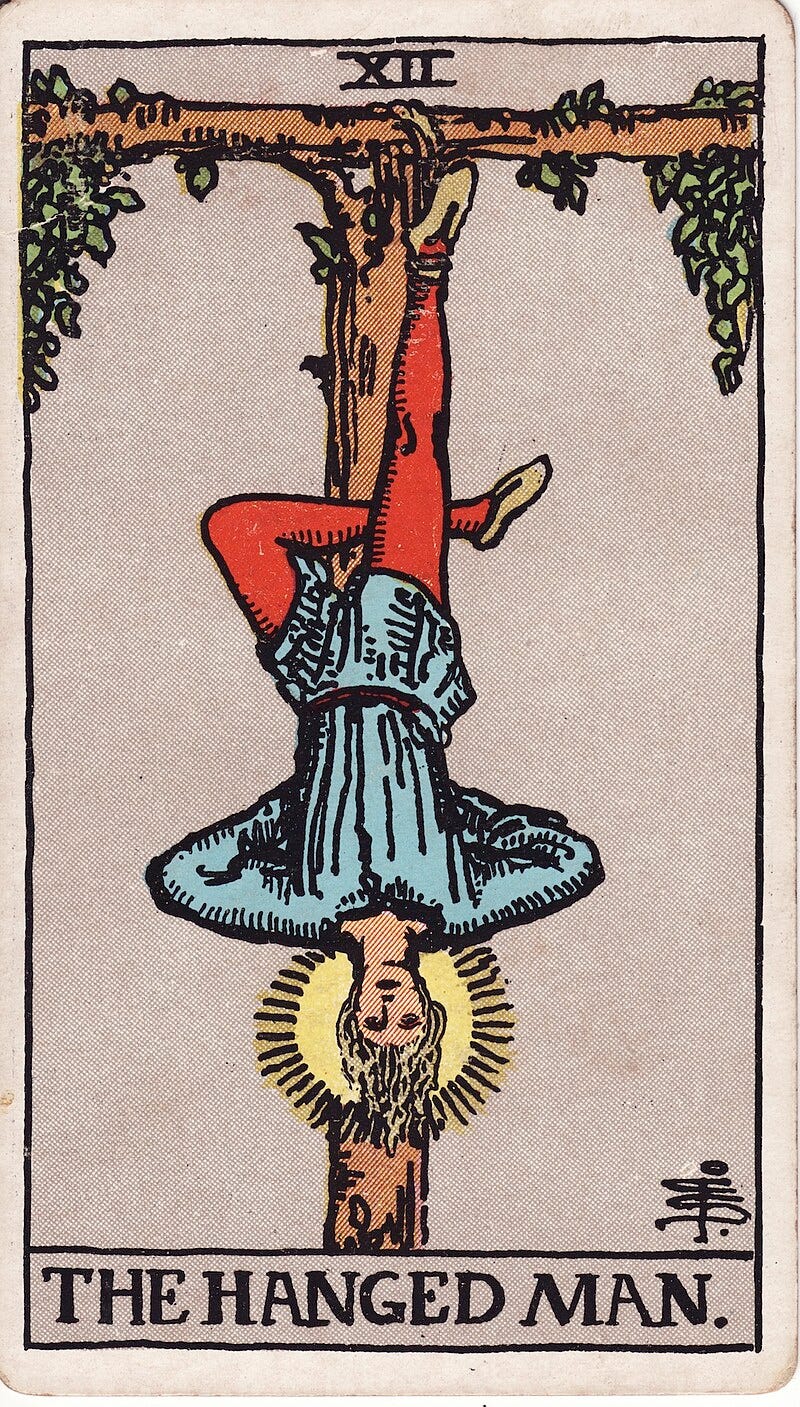
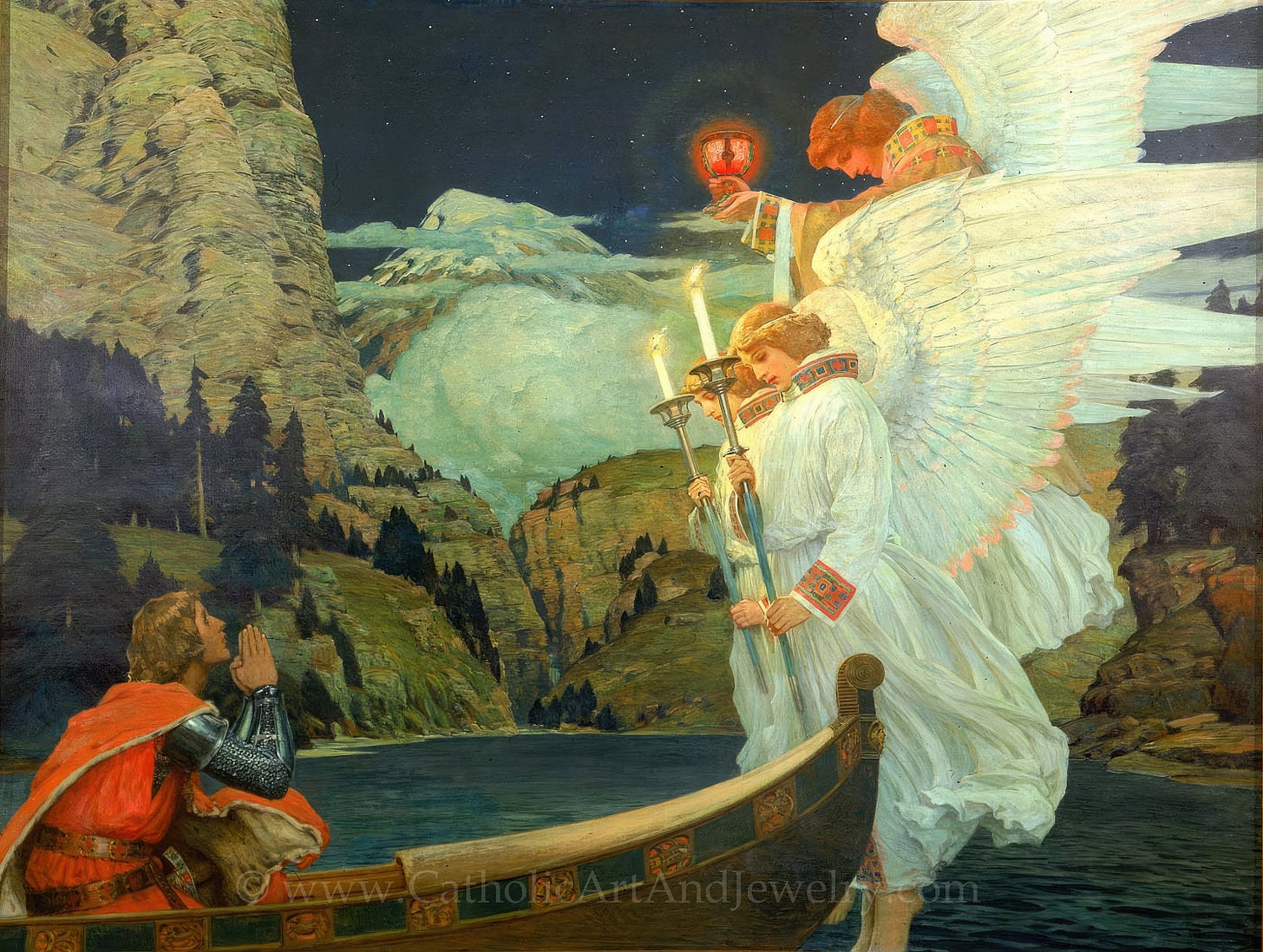
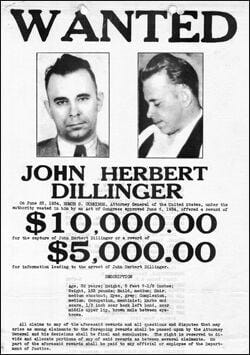




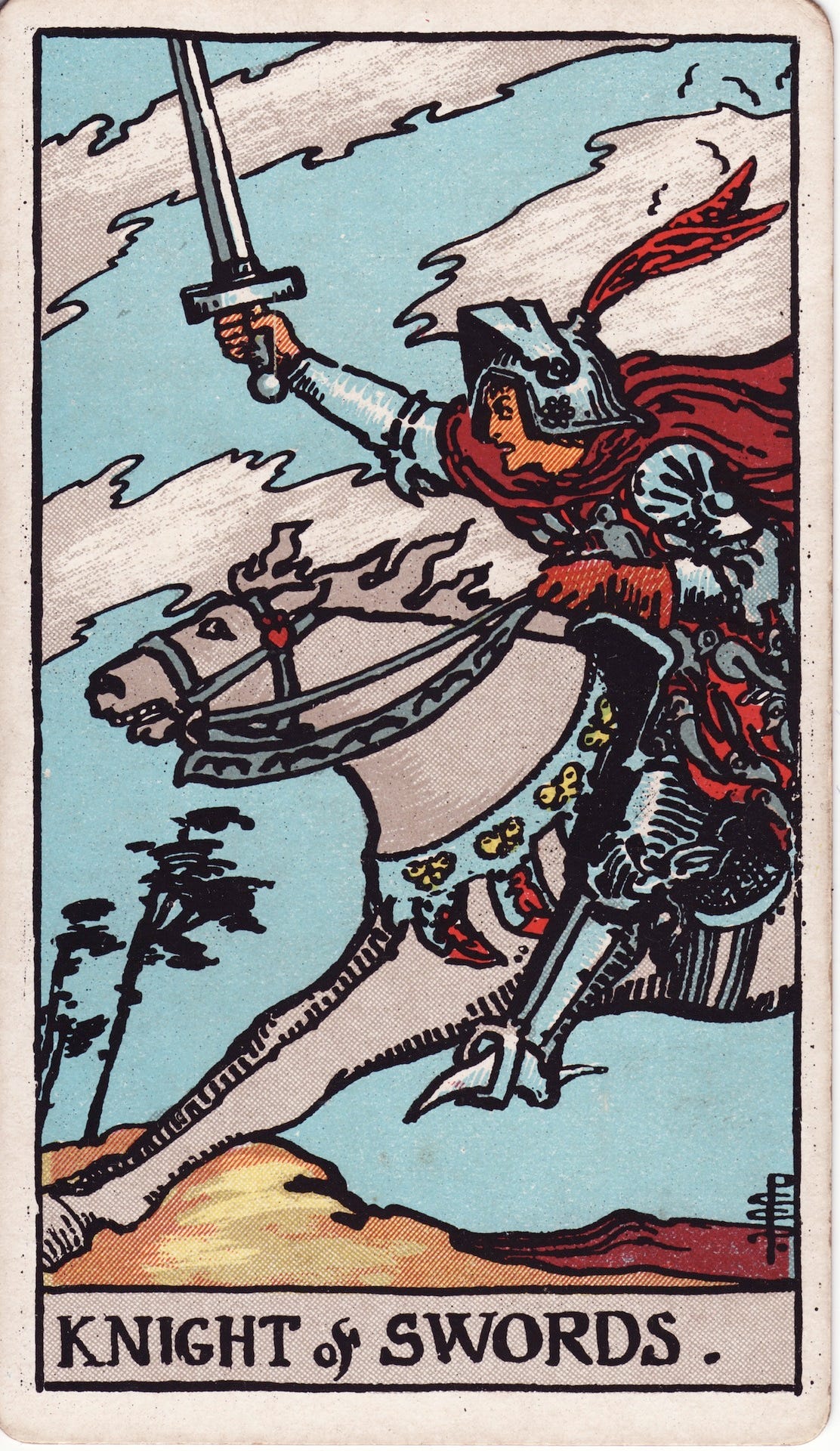

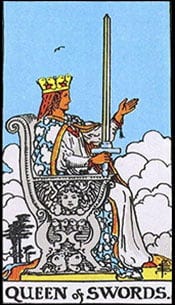
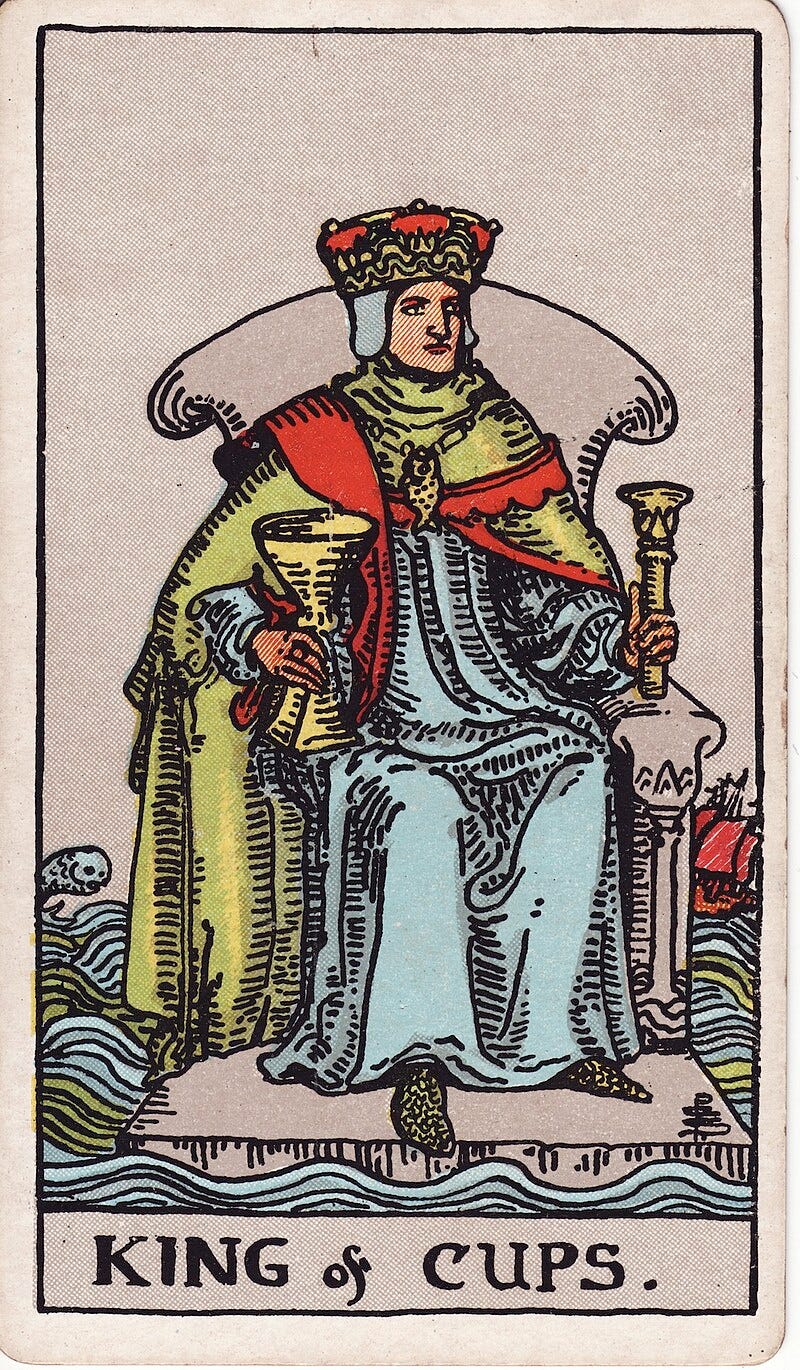

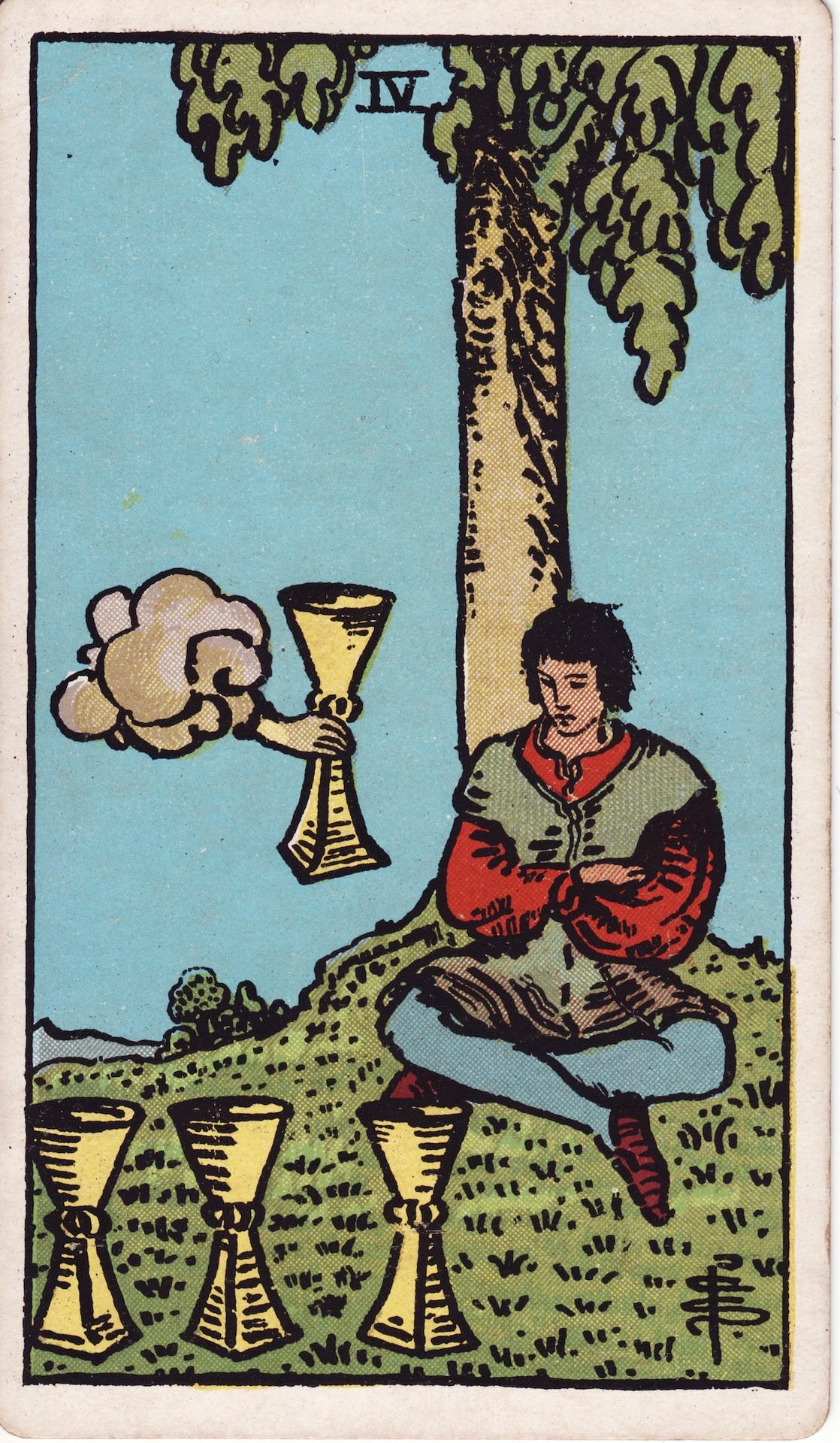
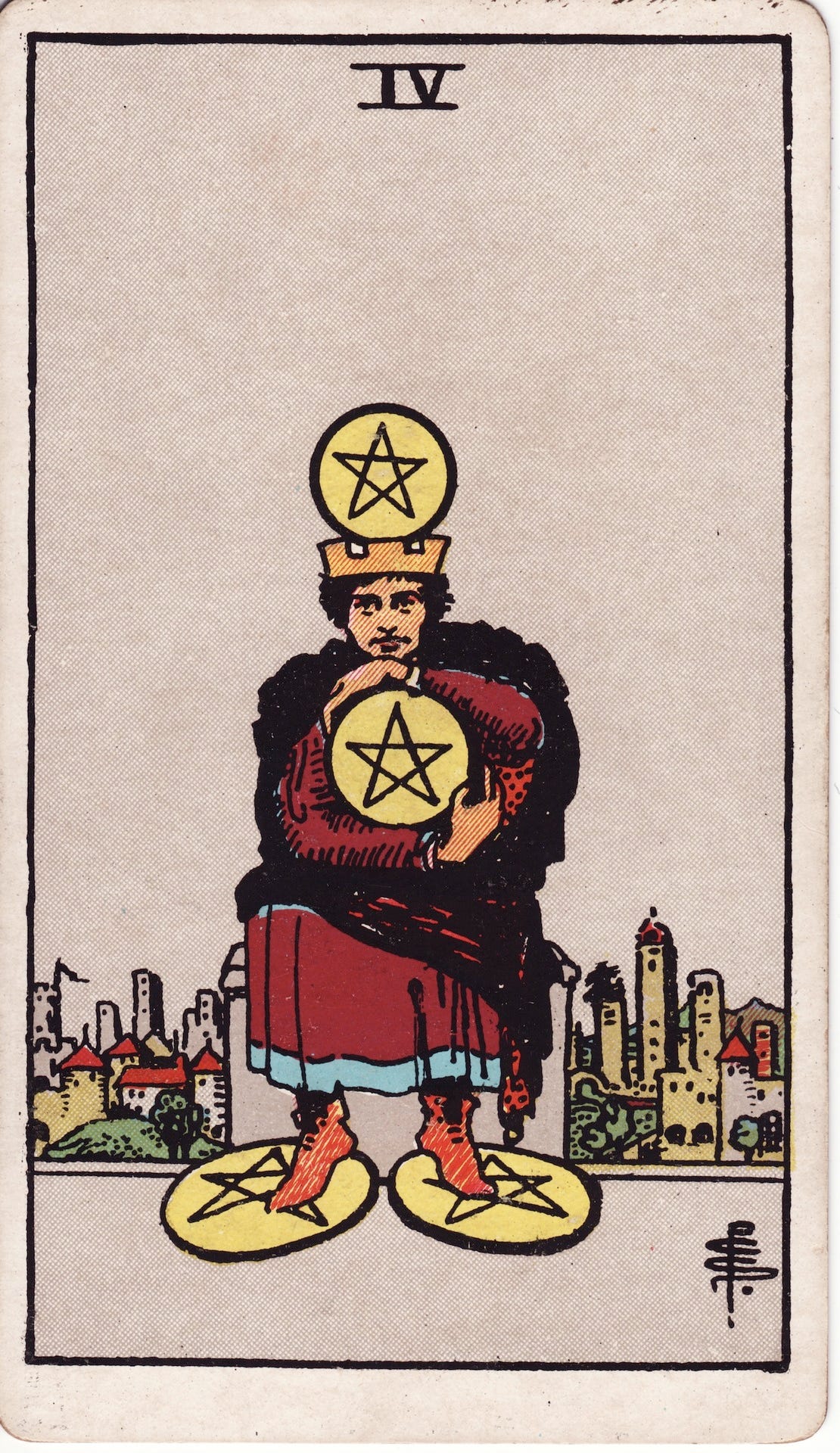
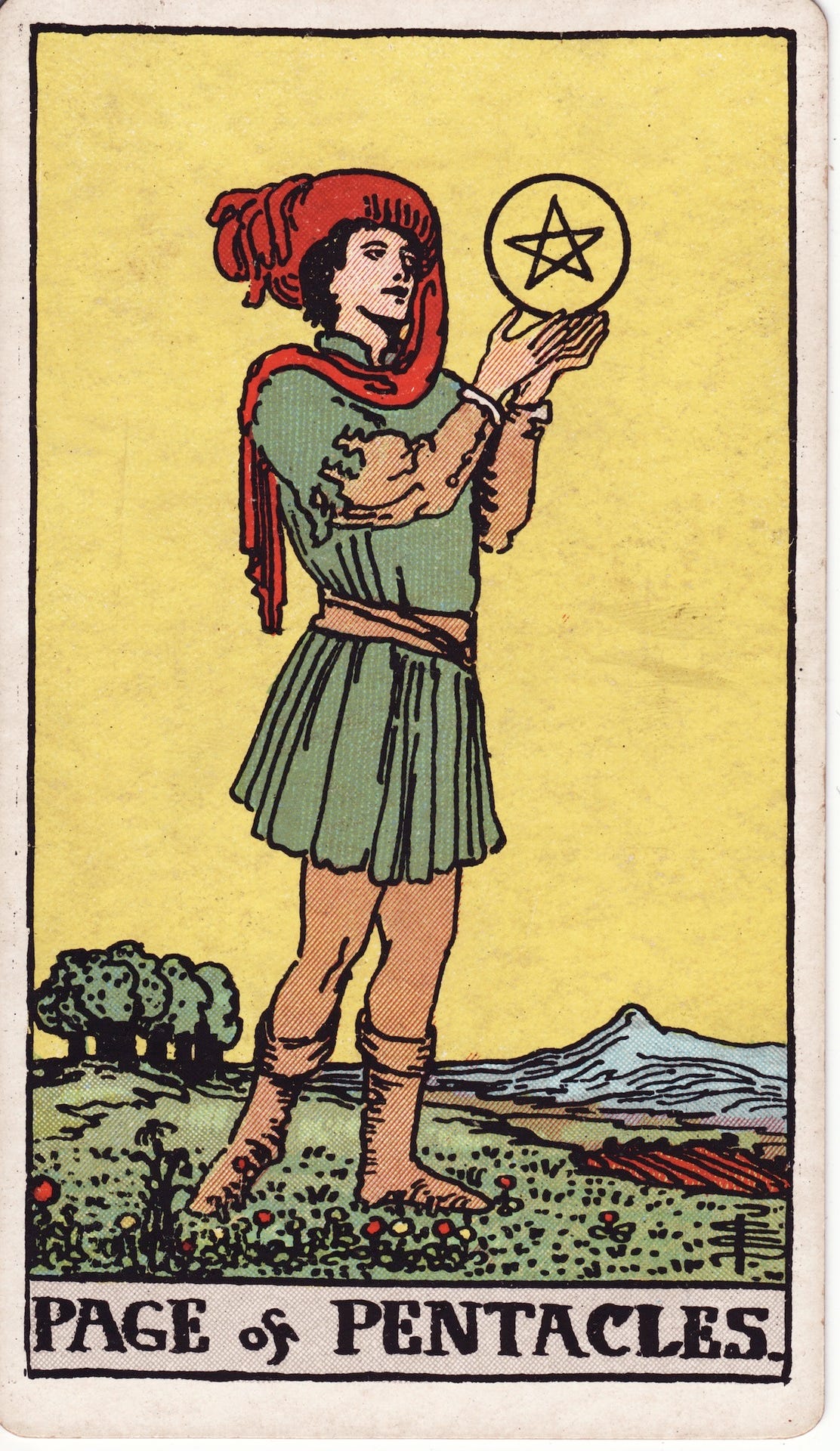
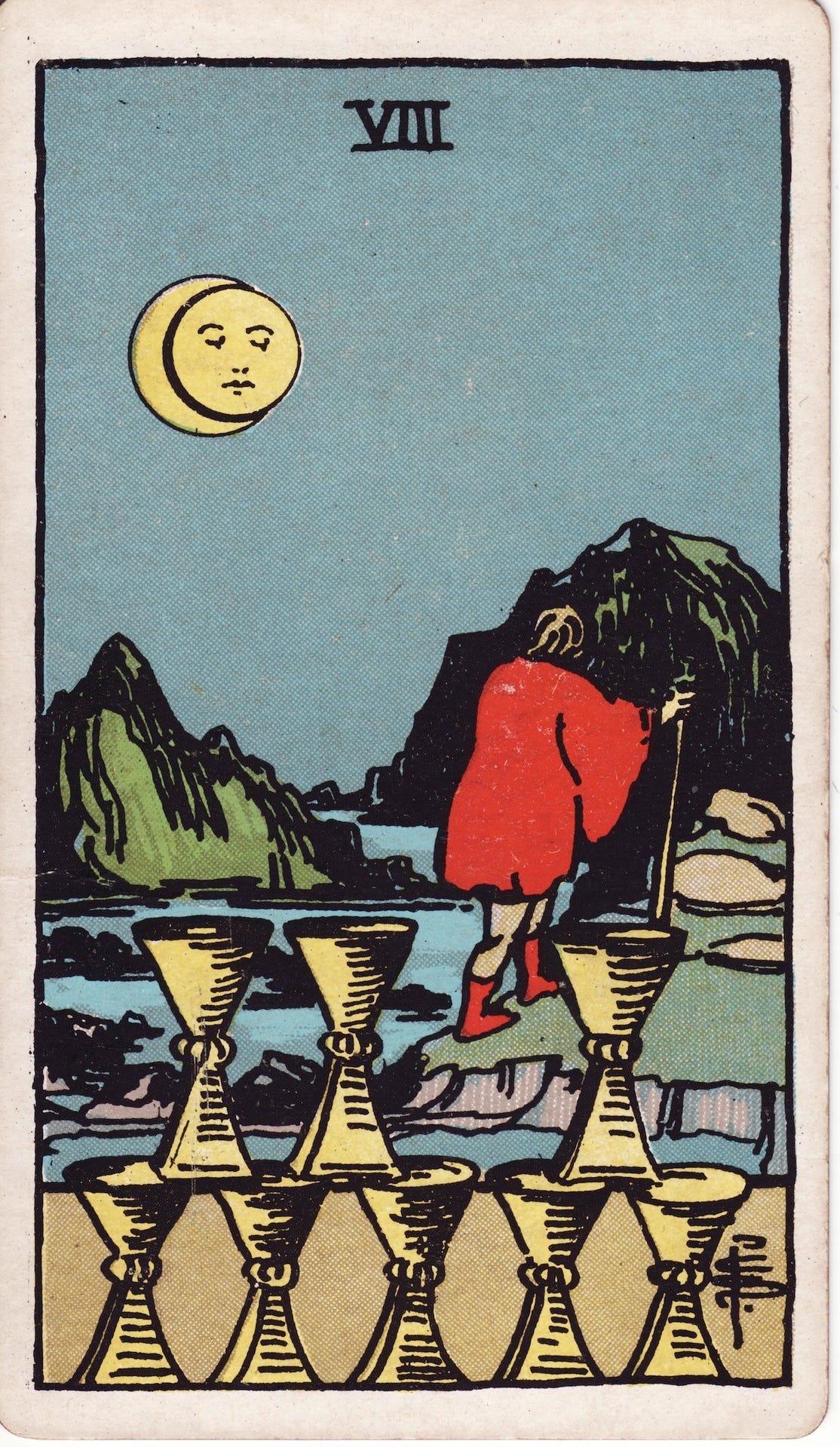
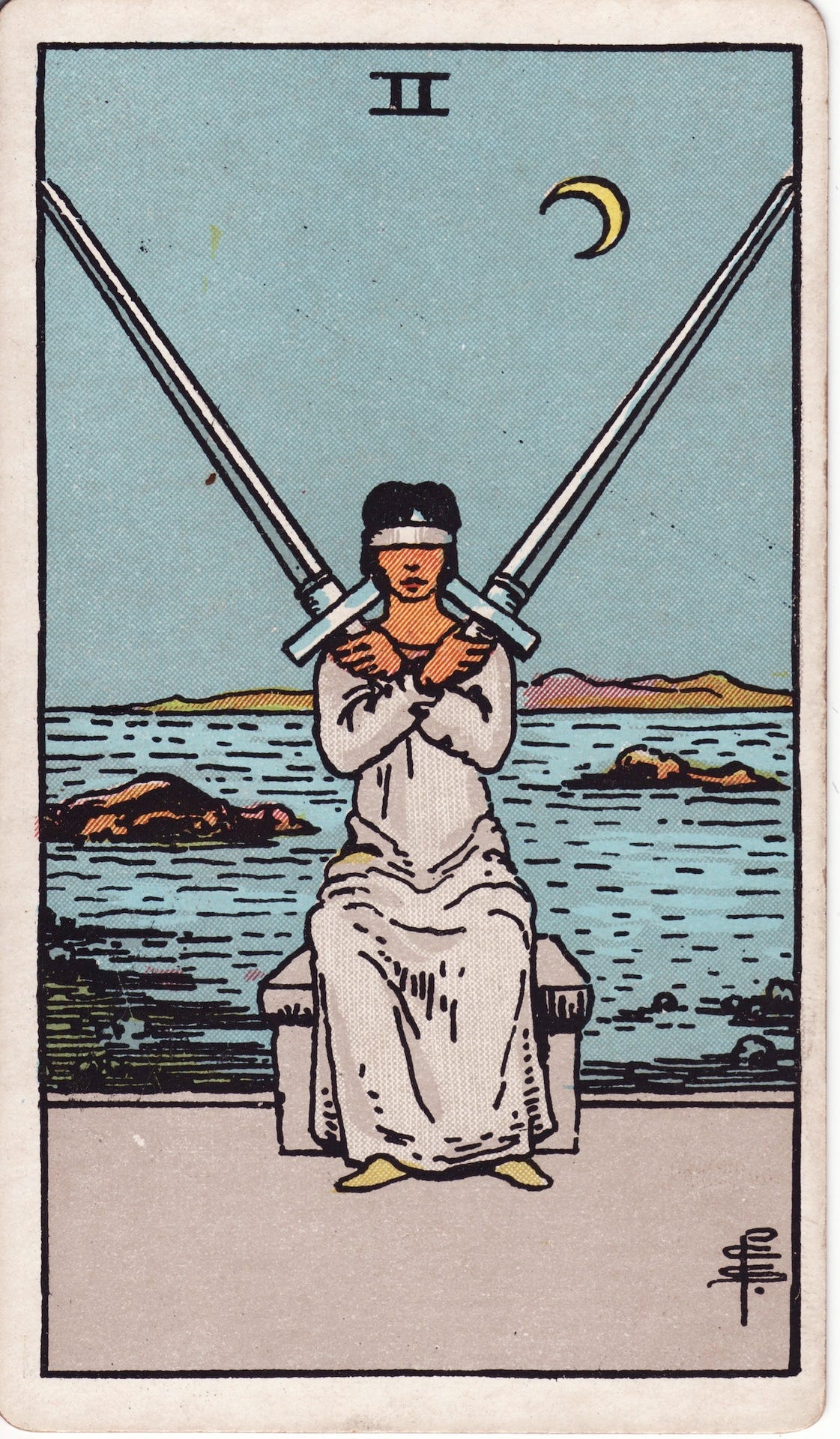
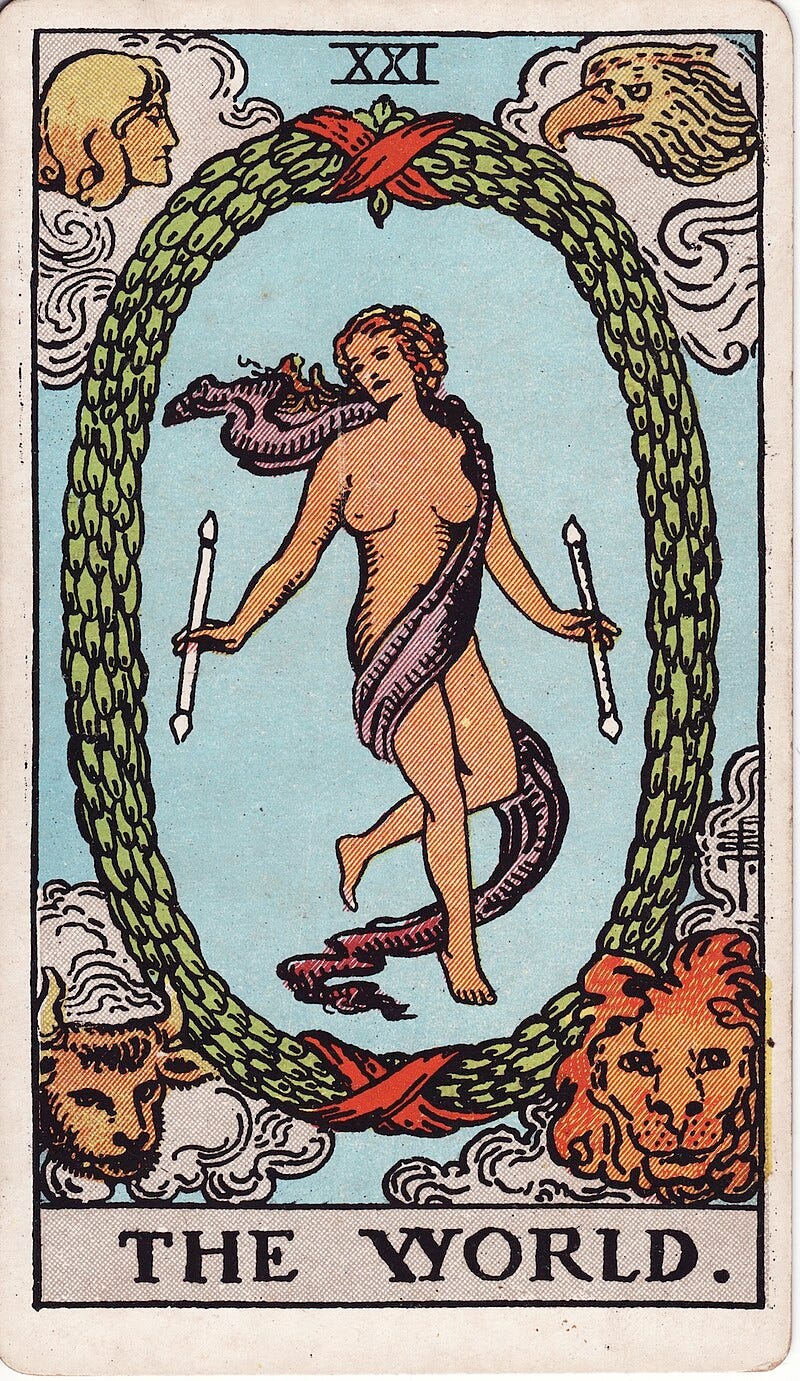



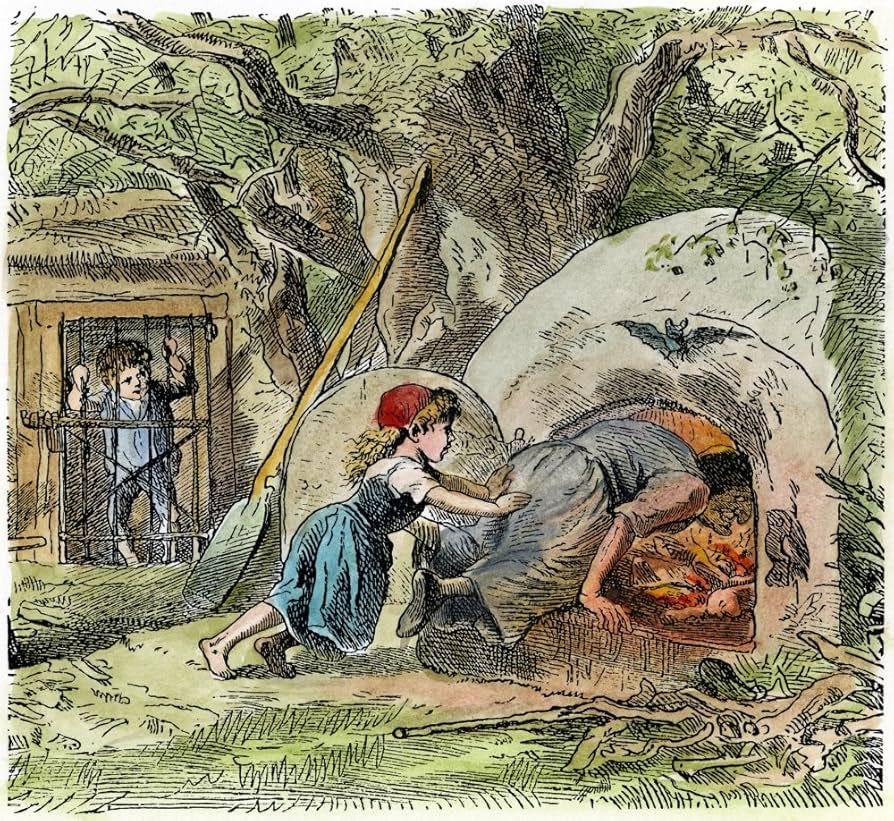


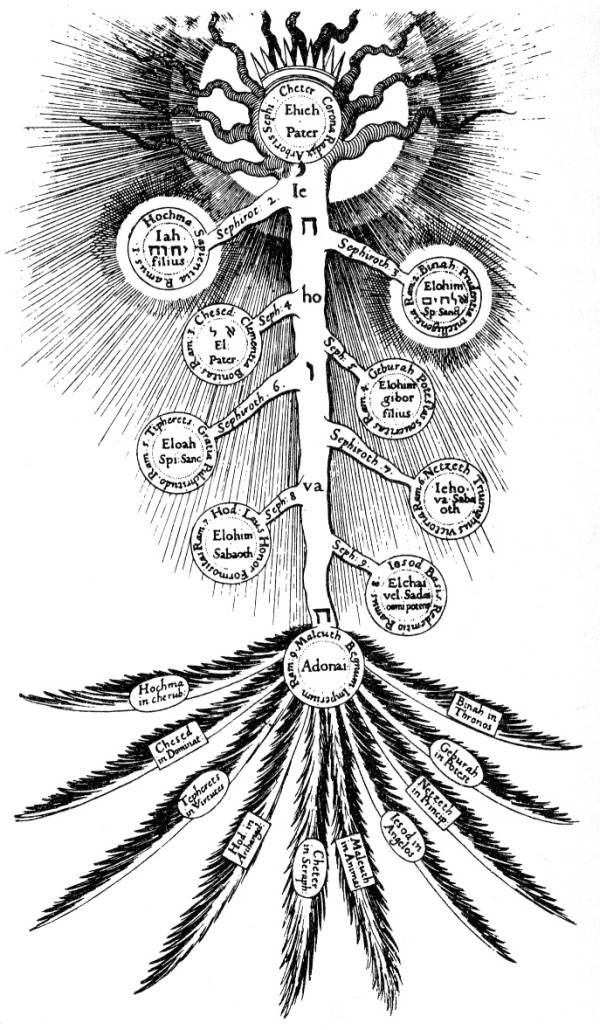

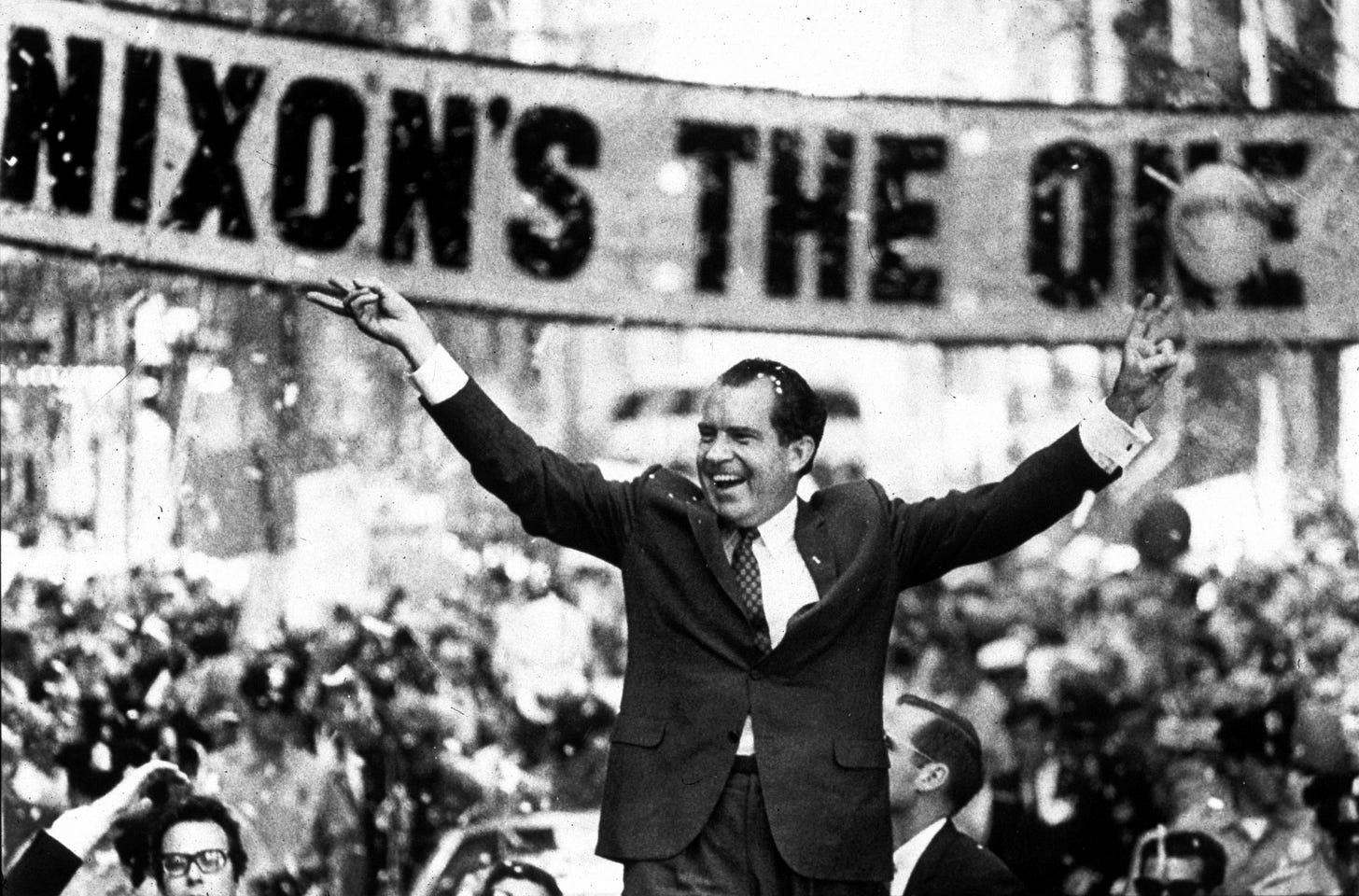


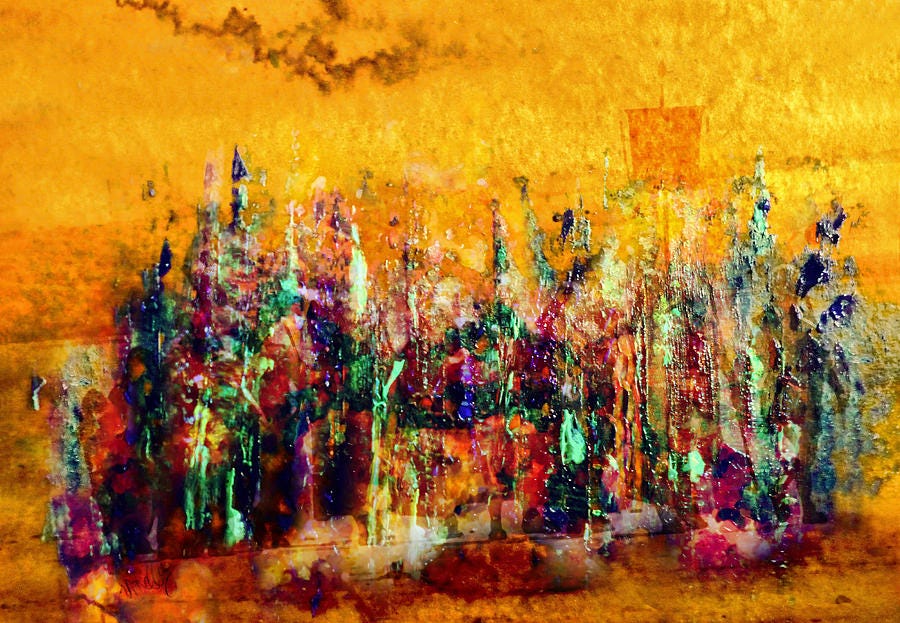
I'm sure I speak for many when I say that your posts will be a very welcome partner in our journey when we finally tackle this monster of a book. Congratulations on this project, and thank you for sharing it with us <3
It was a great trip and I thank you for the company. Great work.